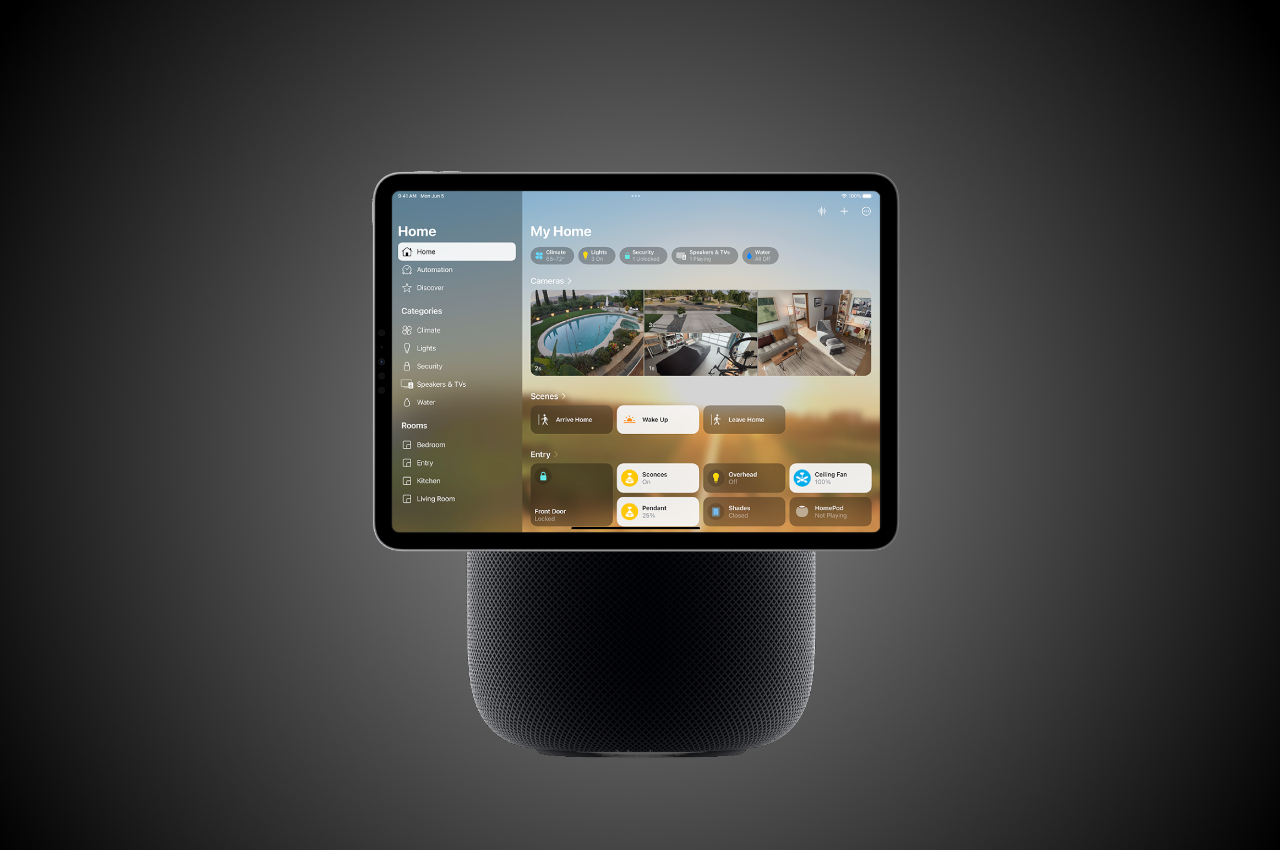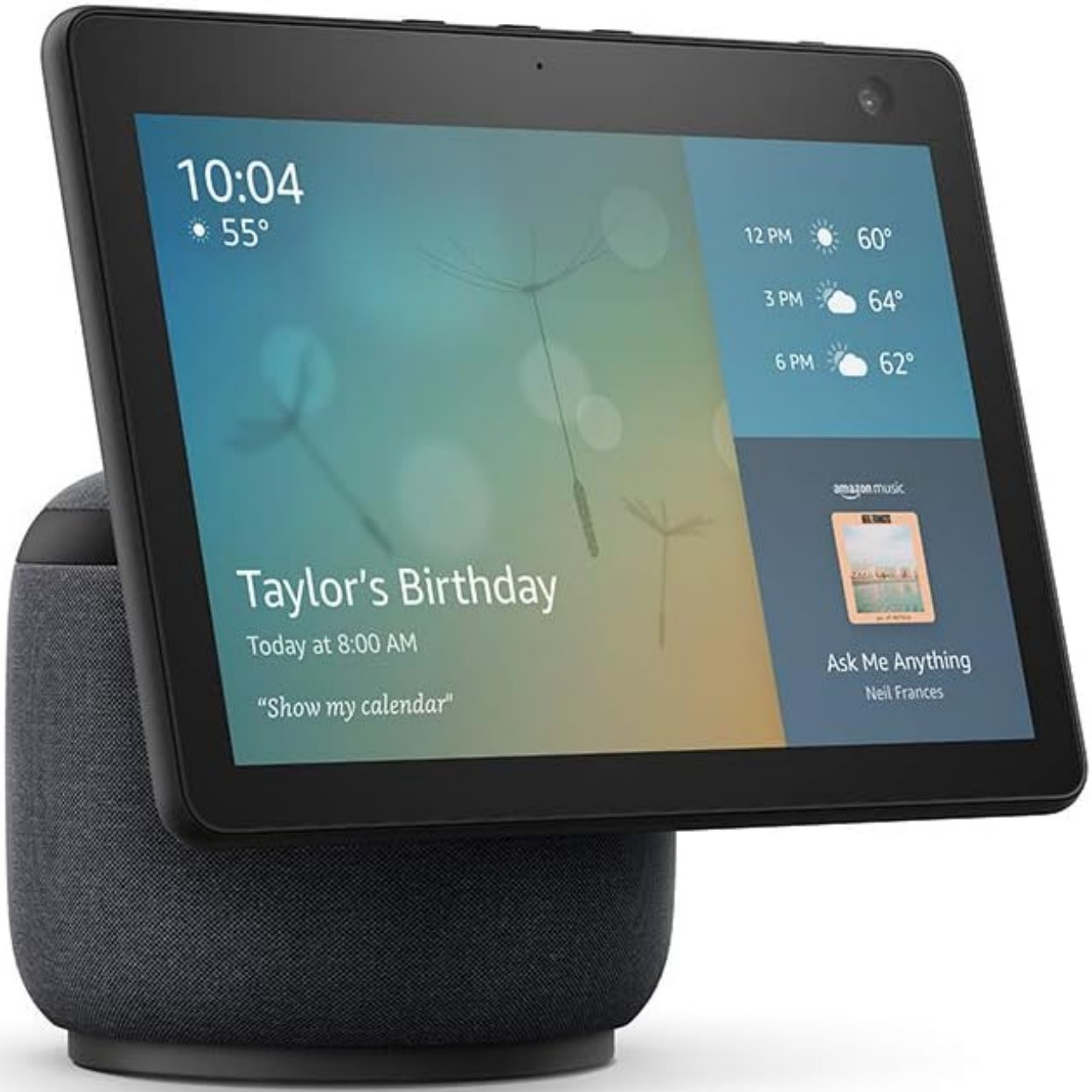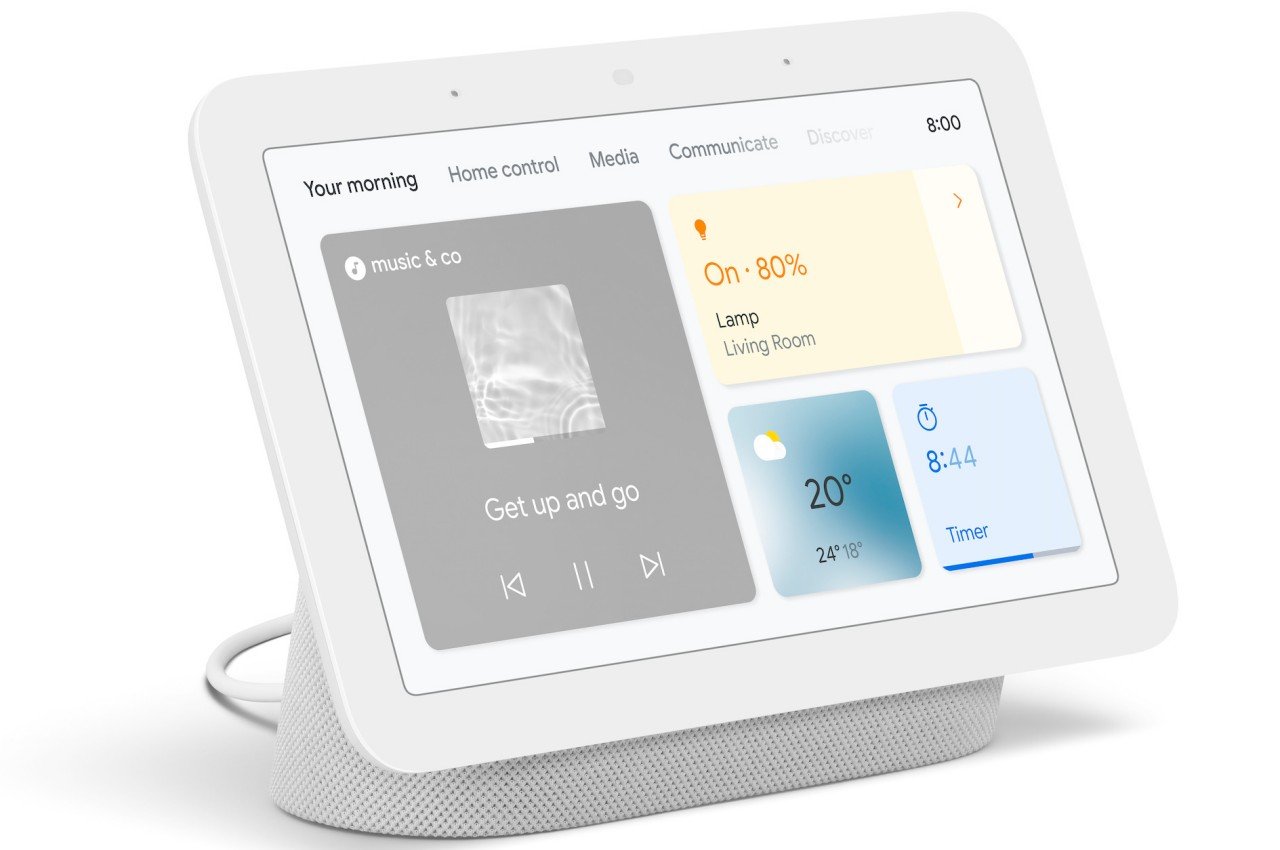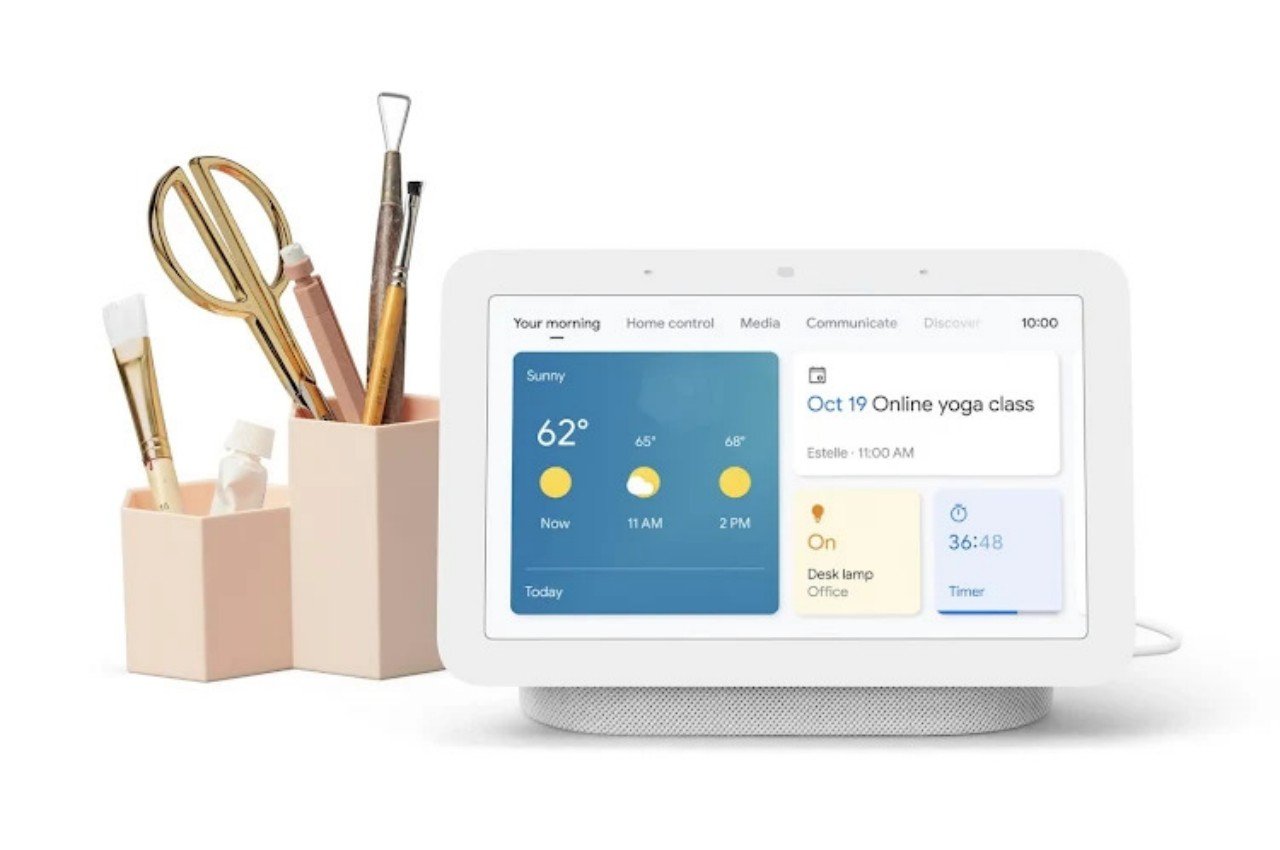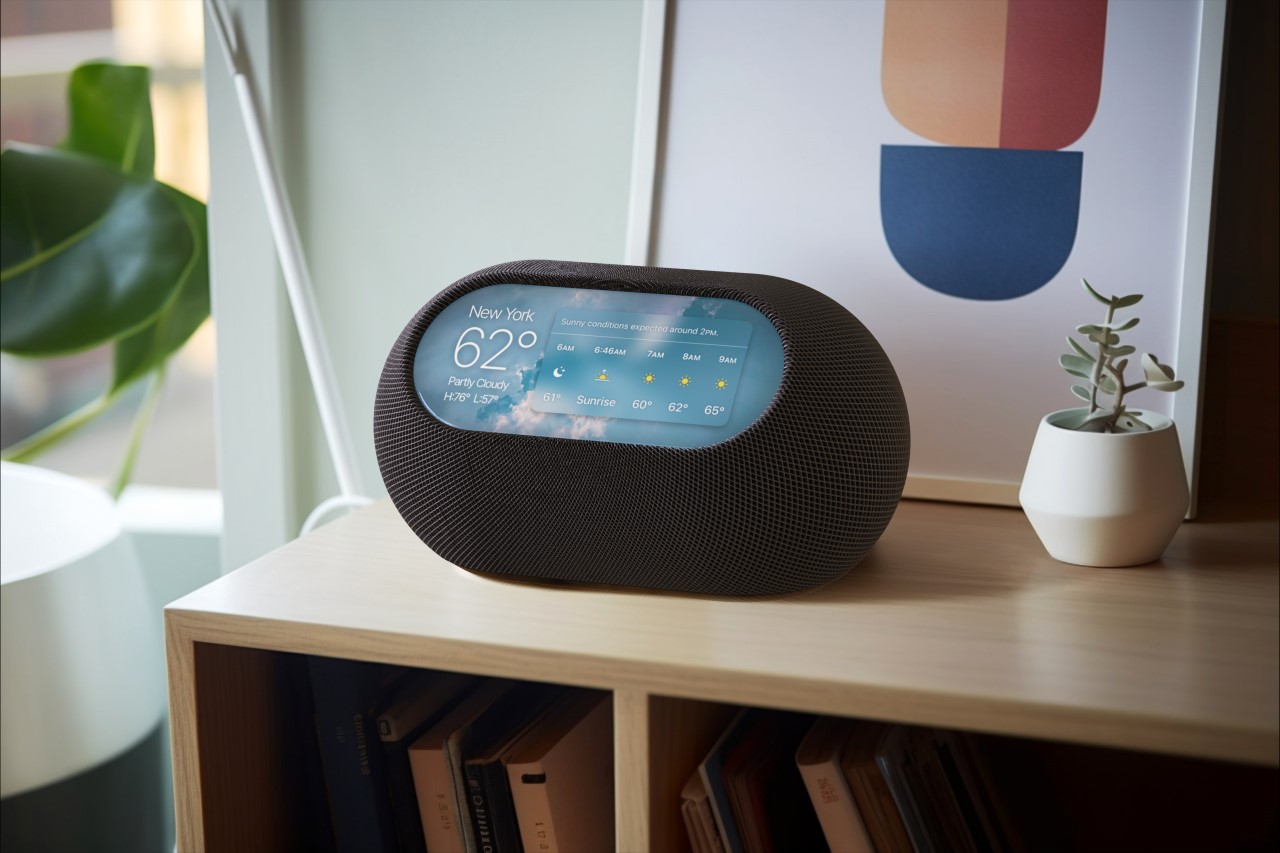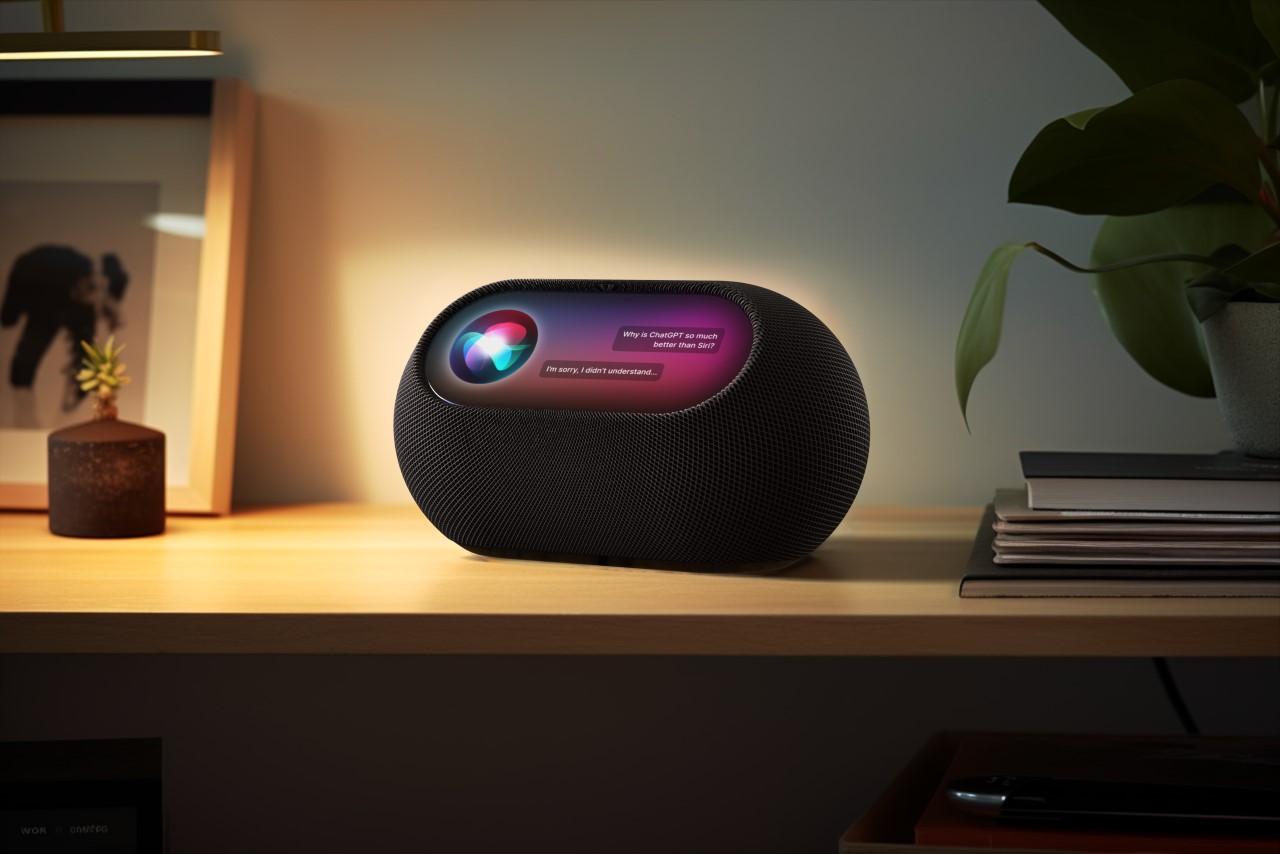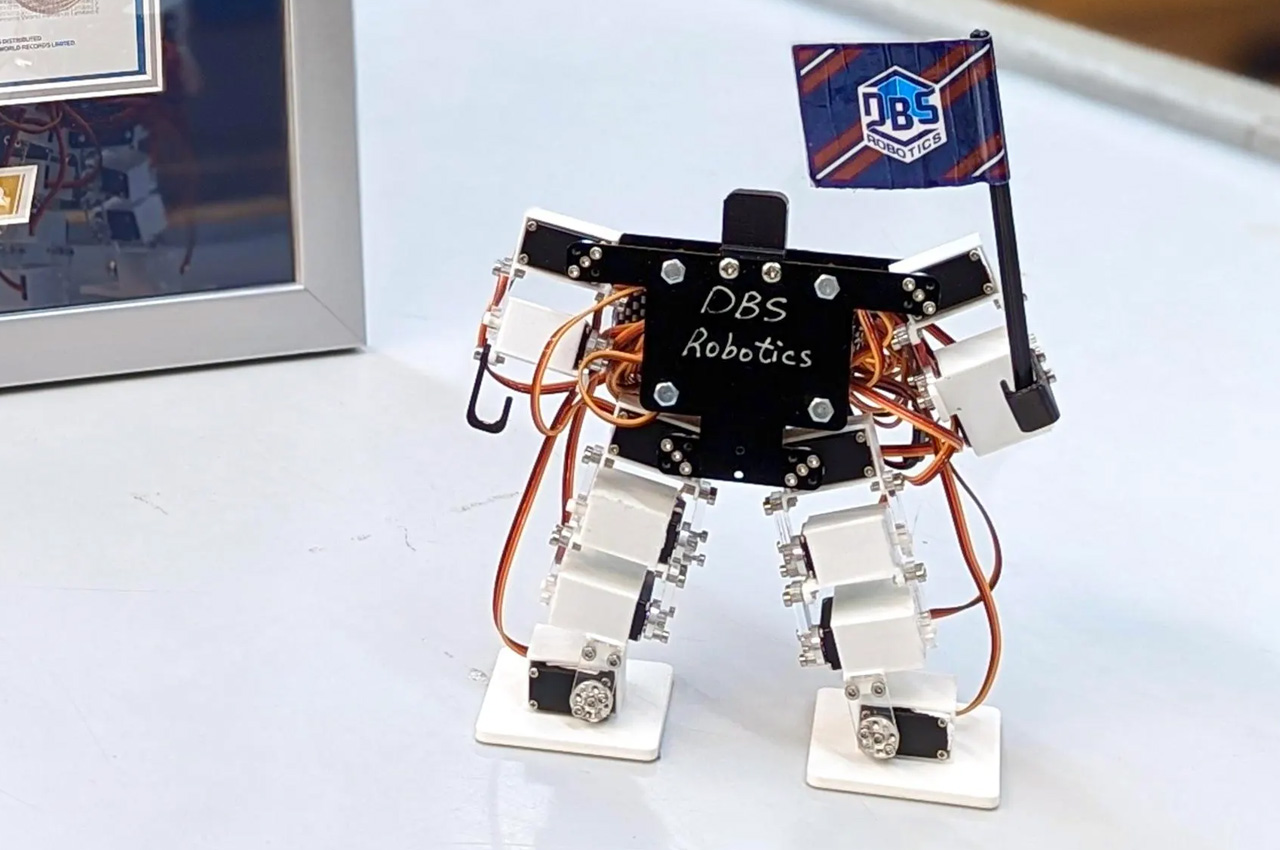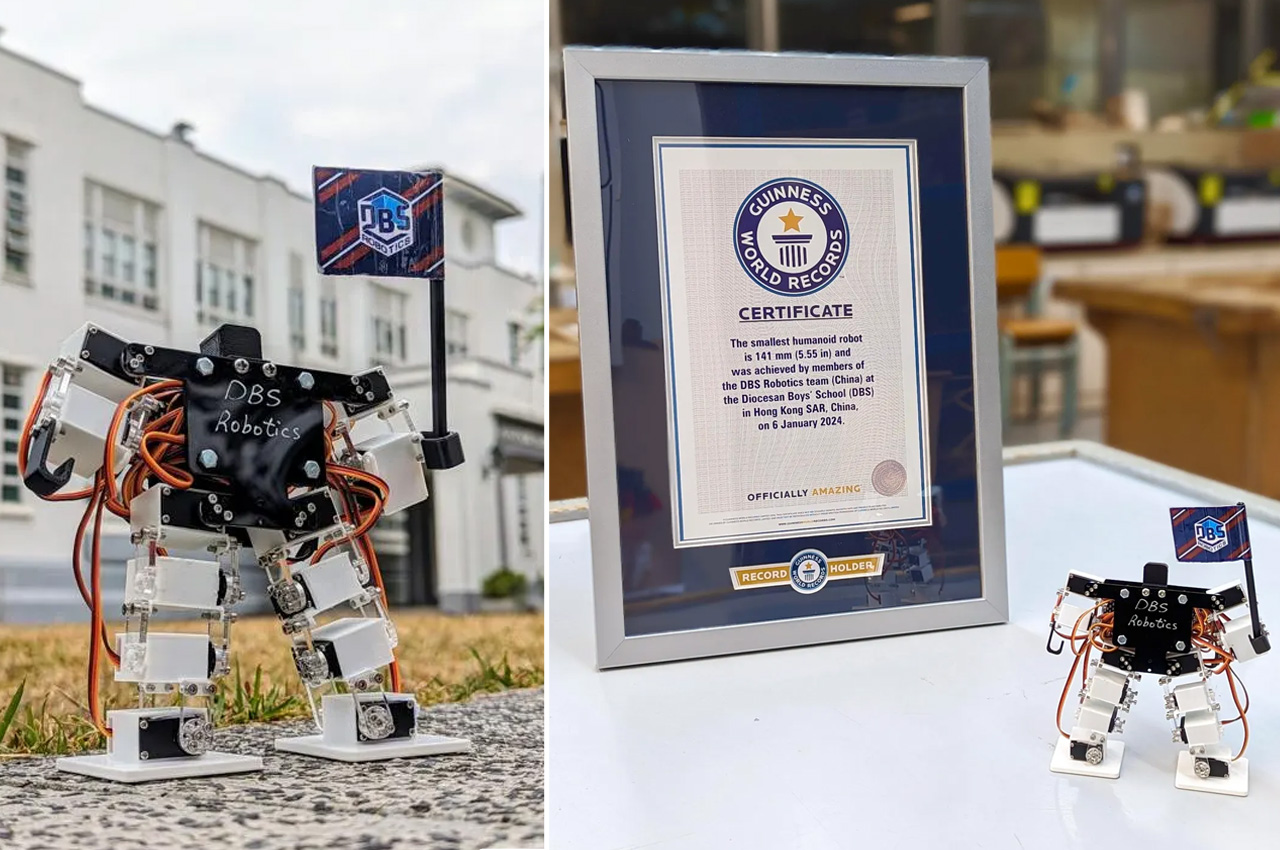Apple has explained why it's disabling progressive web apps (PWAs) in the EU, it wrote in updated developer notes seen by TechCrunch. The news follows users noticing that web apps were no longer functional in Europe with recent iOS 17.4 beta releases. Apple said it's blocking the feature in the region due to new rules around browsers in Europe's Digital Markets Act (DMA).
Web apps behave much like native apps, allowing dedicated windowing, notifications, long-term local storage and more. European users tapping web app icons will see a message asking if they wish to open them in Safari instead or cancel. That means they act more like web shortcuts, creating issues like data loss and broken notifications, according to comments from users seen by MacRumors.
The problem, according to Apple, is a new DMA requirement that it allow browsers that don't use its WebKit architecture. "Addressing the complex security and privacy concerns associated with web apps using alternative browser engines would require building an entirely new integration architecture that does not currently exist in iOS and was not practical to undertake given the other demands of the DMA and the very low user adoption of Home Screen web apps," the company wrote.
However, the Open Web Advocacy organization disagrees, as it writes in its latest blog:
Some defend Apple's decision to remove Web Apps as a necessary response to the DMA, but this is misguided.
Apple has had 15 years to facilitate true browser competition worldwide, and nearly two years since the DMA’s final text. It could have used that time to share functionality it historically self-preferenced to Safari with other browsers. Inaction and silence speaks volumes.
The complete absence of Web Apps in Apple's DMA compliance proposal, combined with the omission of this major change from Safari beta release notes, indicates to us a strategy of deliberate obfuscation. Even if Apple were just starting to internalize its responsibilities under the DMA, this behaviour is unacceptable. A concrete proposal with clear timelines, outlining how third party browsers could install and power Web Apps using their own engines, could prevent formal proceedings, but this looks increasingly unlikely. Nothing in the DMA compels Apple to break developers' Web Apps, and doing so through ineptitude is no excuse.
The change, spotted earlier by researcher Tommy Mysk, arrived with the second iOS 17.4 beta, but many observers first thought it was a bug. "The EU asked for alternative app stores and Apple took down web apps. Looks like the EU is going to rue the day they have asked Apple to comply with the #DMA rules," he posted on X.
According to Apple's App Store Guidelines, web apps are supposed to be an alternative to the App Store model. Considering that that the EU's DMA is designed to break the App Store monopoly, the move to disable them altogether is bound to cause friction. The EU, Japan, Australia and the UK have previously criticized the requirement for WebKit to run PWAs, according to the Open Web Advocacy (OWA).
Apple said it regrets any impact to the change, but said it was required "as part of the work to comply with the DMA." The company has already been accused by developers of malicious compliance with the DMA over fees for developers to bypass the App Store, with Spotify CEO Daniel Ek describing it as "extortion.".
This article originally appeared on Engadget at https://www.engadget.com/apple-confirms-home-screen-web-apps-will-no-longer-work-on-european-ios-devices-112527560.html?src=rss